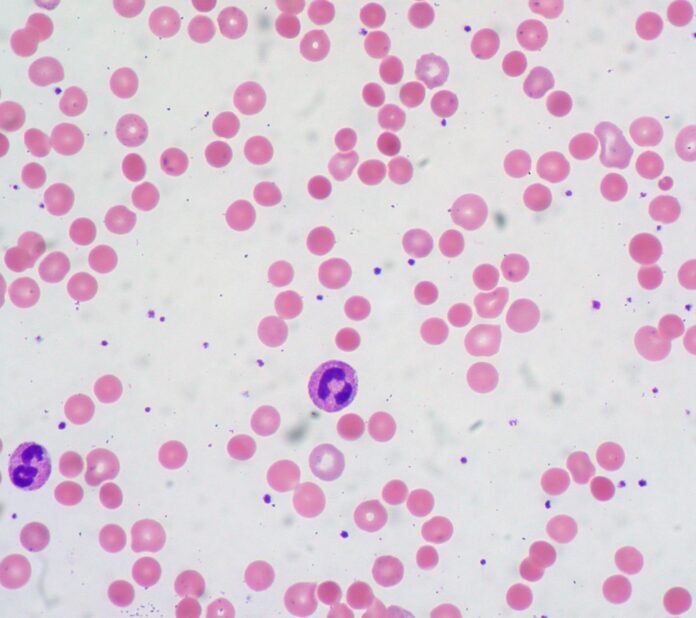
Hemolytic anemia is a condition characterized by the accelerated destruction of red blood cells in the body. This can happen due to various reasons, such as an underlying medical condition or an inherited disorder. Recognizing the symptoms of hemolytic anemia is crucial for early diagnosis and effective treatment. In this article, we will explore the signs and symptoms of hemolytic anemia, its causes, and what you need to know about this condition.
Symptoms of Hemolytic Anemia:
One of the most common symptoms of hemolytic anemia is fatigue. This is because the body is not able to produce enough red blood cells to carry oxygen to the tissues, leading to a feeling of constant tiredness and weakness.
Other symptoms of hemolytic anemia may include:
– Shortness of breath
– Pale skin
– Jaundice (yellowing of the skin and eyes)
– Dark urine
– Enlarged spleen
– Rapid heart rate
– Chest pain
– Frequent headaches
It is important to note that the severity and combination of symptoms can vary from person to person, depending on the underlying cause and the rate at which the red blood cells are being destroyed.
Causes of Hemolytic Anemia:
Hemolytic anemia can be caused by a number of factors, including:
– Inherited conditions such as sickle cell anemia, thalassemia, and hereditary spherocytosis
– Autoimmune disorders where the body’s immune system attacks its own red blood cells
– Infections such as malaria or Epstein-Barr virus
– Certain medications or toxins
– Blood transfusion reactions
– Underlying medical conditions such as leukemia, lymphoma, or lupus
Diagnosing Hemolytic Anemia:
If you are experiencing any of the symptoms mentioned above, it is important to seek medical attention for a proper diagnosis. Your doctor will likely perform a physical examination and order blood tests to check for low levels of red blood cells, hemoglobin, and hematocrit.
In some cases, additional tests such as a bone marrow biopsy, genetic testing, or imaging studies may be necessary to determine the underlying cause of the hemolytic anemia.
Treatment of Hemolytic Anemia:
The treatment for hemolytic anemia will depend on the underlying cause and the severity of the condition. In some cases, no treatment may be necessary if the symptoms are mild and manageable.
However, if the hemolytic anemia is more severe, treatment options may include:
– Blood transfusions to replace the lost red blood cells
– Medications to suppress the immune system and prevent further destruction of red blood cells
– Removal of the spleen (splenectomy) in cases of severe or chronic hemolytic anemia
– Treatment of the underlying cause, such as managing infections or addressing autoimmune disorders
It is important to work closely with your healthcare provider to develop a treatment plan that is tailored to your individual needs and circumstances.
What You Need to Know:
Recognizing and understanding the symptoms of hemolytic anemia is crucial for early diagnosis and effective management of the condition. If you are experiencing any of the symptoms mentioned above, it is important to seek medical attention promptly.
It is also important to be aware of any underlying medical conditions or genetic factors that may predispose you to hemolytic anemia. For example, individuals with a family history of inherited blood disorders should be aware of their risk and take appropriate measures to monitor their health.
In addition, it is important to be proactive about managing any chronic conditions or infections that may increase the risk of developing hemolytic anemia. This may involve following a healthy lifestyle, staying up to date with vaccinations, and seeking prompt medical attention for any signs of illness.
Moreover, for individuals with known risk factors for hemolytic anemia, it is important to stay informed about the latest advancements in the diagnosis and treatment of the condition. This includes staying in touch with healthcare providers, participating in support groups, and staying abreast of relevant medical research.
In conclusion, hemolytic anemia is a serious condition that can have a significant impact on a person’s health and quality of life. By recognizing the symptoms, understanding the causes, and being proactive about seeking medical attention, individuals can take steps to manage this condition effectively. It is important to work closely with healthcare providers to develop a personalized treatment plan that addresses the underlying cause and minimizes the impact of hemolytic anemia on daily life. By staying informed and engaged, individuals can empower themselves to take control of their health and well-being.












